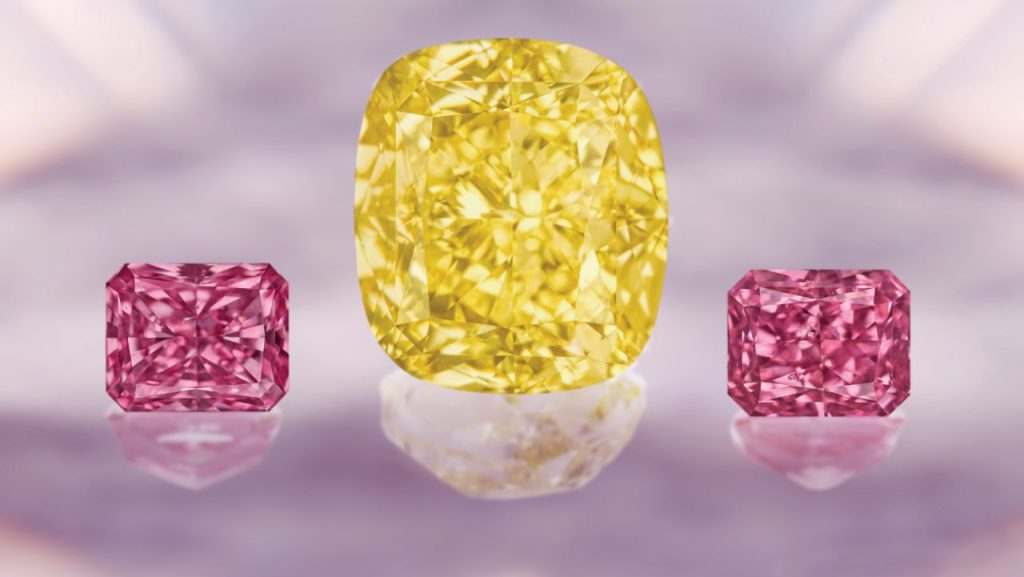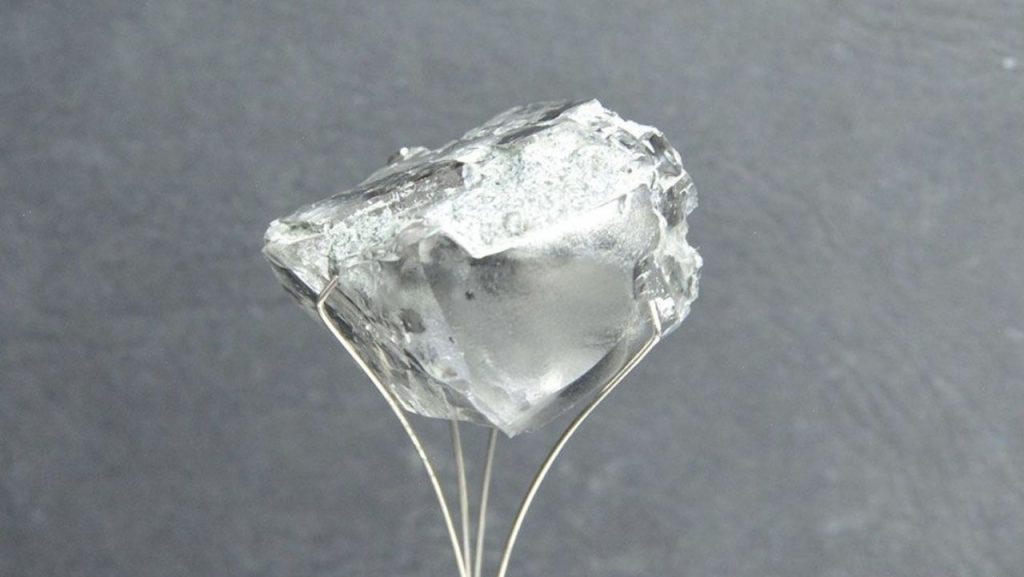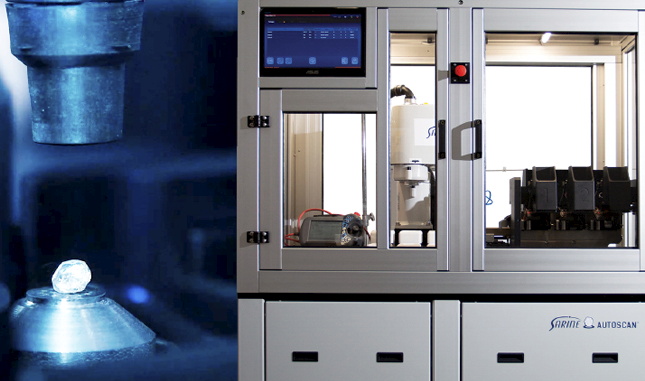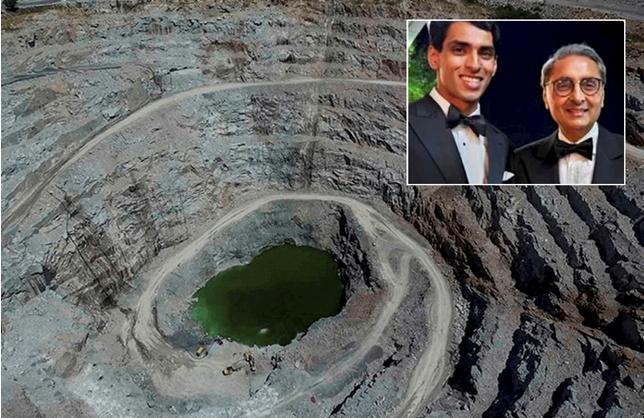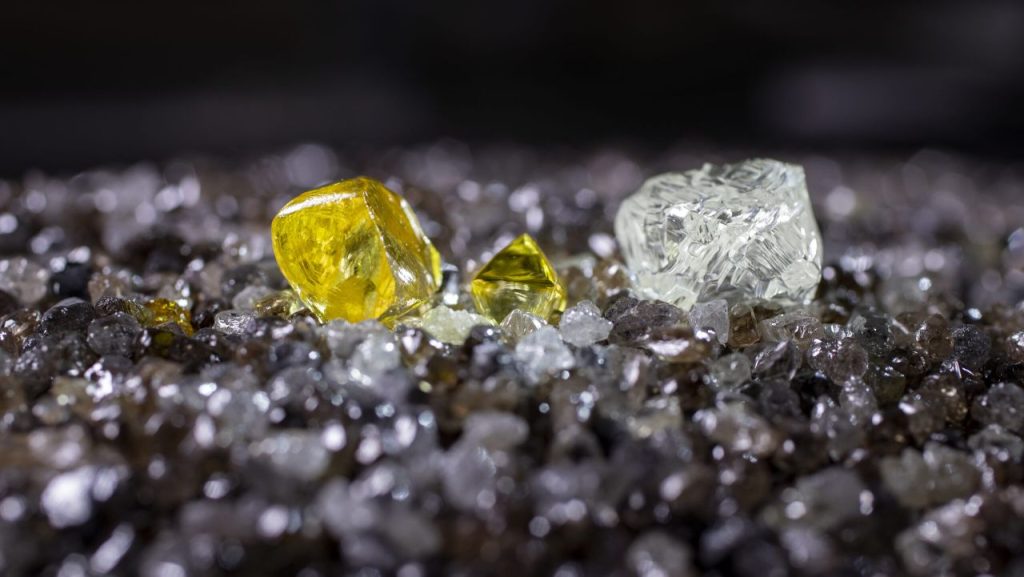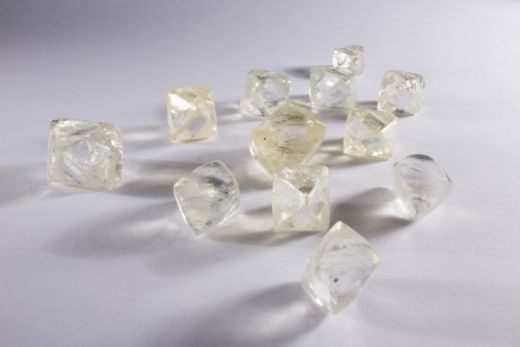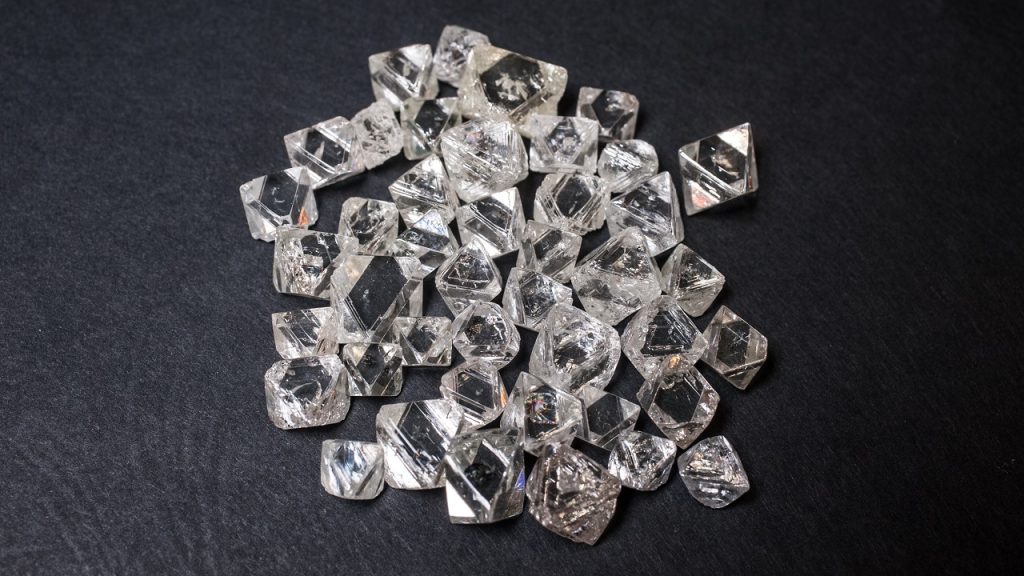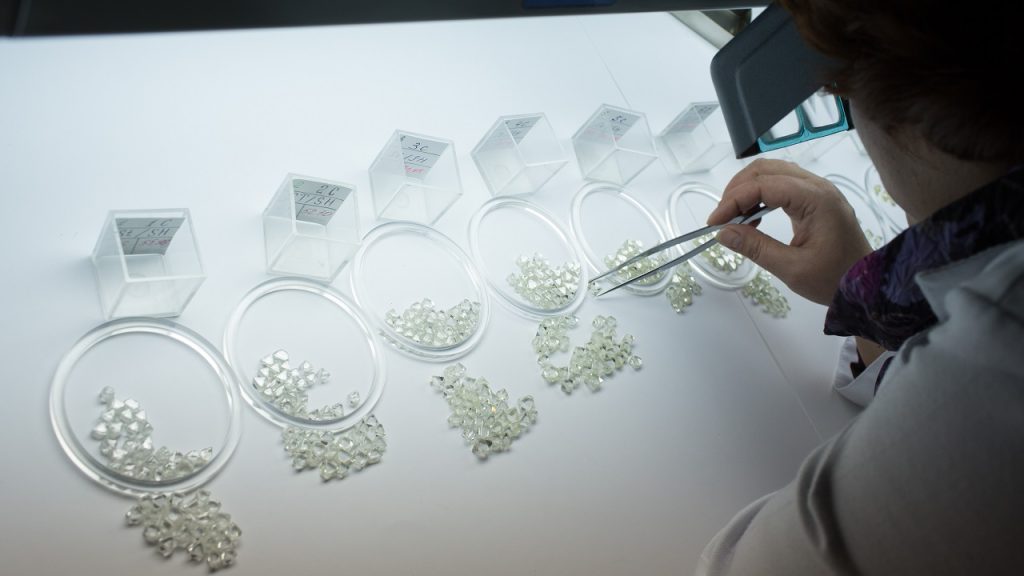
De Beers has put its weight behind the World Diamond Council (WDC) plan for sidelining Russian goods amid continued controversy over the competing proposals.
“In pursuit of a collaborative, coherent and collective solution that supports the aims of the G7, we have joined with 22 diamond-industry organizations through the World Diamond Council to progress the ‘G7 Diamond Protocol’ proposal,” De Beers CEO Al Cook wrote in an open letter to Group of Seven (G7) leaders on Thursday. “
The protocol — one of a few plans for keeping Russian diamonds out of G7 nations — calls for importers to declare on invoices that stones do not originate from mining companies operating in Russia. The companies making the claims will undergo audits.
While the WDC-led proposal has received wide industry support, it has also drawn criticism for creating a burden for small-scale industry members — including by Rapaport Group Chairman Martin Rapaport.
One other plan, from the Belgian government and supported by the Antwerp World Diamond Centre (AWDC), proposes using technology to confirm the source of goods, with the European city as a suggested center point for the trade of stones with known provenance.
Two further proposals — from India and a French jewelry group — were also on the table at a G7 meeting on Thursday, Reuters reported.
In another letter earlier this month, the African Diamond Producers Association (ADPA) attacked the process for not consulting people on the continent and claimed some of the plans would harm its members and artisanal miners. It highlighted the “G7 Certificate Scheme” — an apparent reference to the Belgian plan — as well as the WDC protocol.
“The proposed changes will bring supply-chain disruption, added burden, and costs to the ADPA mining nations,” the ADPA wrote in the October 13 letter to the Zimbabwe Minister of Mines and Mining Development, Soda Zhemu, who is chairing the Kimberley Process (KP) this year.
The plans will set a precedent for segregating diamonds by origin and damage producing countries’ ability to cut and polish their rough, the group argued.
In the case of the Belgian proposal, “additional costs will be incurred when a parcel of rough diamonds needs to be first shipped to Antwerp to then be reshipped to the country of origin to be polished,” said the Angola-based ADPA, which represents 19 countries that together account for 60% of global rough production.
Efforts to sift Russian diamonds out of G7 markets have taken on momentum since the bloc — which comprises Canada, France, Germany, Italy, Japan, the UK, the US, and the European Union — pledged to “work closely together to restrict trade” in those goods in May.
Where Are All the Russian Diamonds?
However, while there has been agreement about the need to stop Russia obtaining diamond revenues to fund its war in Ukraine, the process of implementing this has proven complex.
“Throughout our discussions, two things have been clear: why we should do this is easy, but how we should do it is hard,” said Cook.
The executive called for G7 leaders to obtain input from the industry and not exclude relevant groups, including artisanal miners.
“We look forward to further engagement with the G7 around the World Diamond Council proposal and urge those that have submitted proposals to work together to create an effective and practical solution,” Cook continued.
The industry had expected any measures to go into effect in January 2024. However, that schedule is now looking unlikely, JCK reported Friday, citing sources involved in the plans.
“We fully agree with Al [Cook]’s view that the results of our efforts to meet the G7 objectives should be collaborative, coherent and collective,” said WDC executive director Elodie Daguzan in a statement to Rapaport News. “In [the] WDC’s own words, it is what we call ‘an industry proposal that is effective and implementable now and that leaves no one behind.’ Also, we understand that the statement made by ADPA is not against the WDC-facilitated protocol but rather against the G7’s objectives without engagement with African producers.”
Source: Diamonds.net
